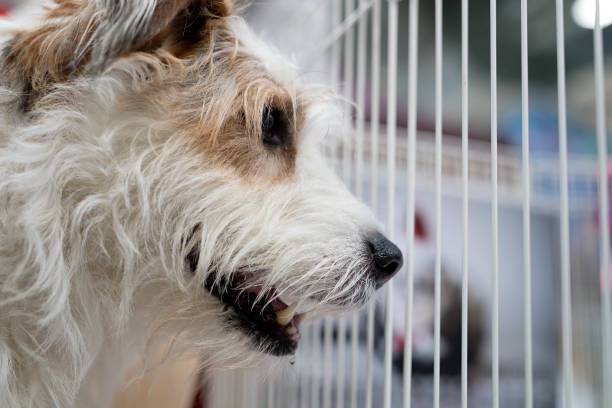Animal science is focusing increasingly on the importance of animal-based measures for determining welfare states, and those measures that have been used with kennelled dogs are reviewed in this paper with particular focus on their validity and practicality
The Federation of Veterinarians of Europe , VIER PFOTEN / FOUR PAWS – European Policy Office, European Society of Veterinary Clinical Ethology (ESVCE), National Animal Welfare Inspection Service, The Netherlands, Croney, C., Baqueiro Espinosa, U., McEvoy, T., Pfaller, N., Jessop, M., Hilby, E., Tasker, L., & Mertin, I. (2020). Welfare in pet trade: Responsible dog breeding guidelines. Food Safety – European Commission. Retrieved January 2, 2023, from https://food.ec.europa.eu/system/files/2020-11/aw_platform_plat-conc_guide_dog-breeding.pdf
A blog on the five domain model and its implications.
This paper aims to provide a state-of-the-art review and summary of the scattered and disperse research on dog positive-emotion assessment. The review notably details the current advancement in dog positive-emotion research, what approaches, measures, methods, and techniques have been implemented so far in emotion perception, processing, and response assessment.
This review outlines the latest in a succession of updates of the Five Domains Model, which, at each stage, incorporated contemporary verified scientific thinking of relevance to animal welfare assessment. The current update includes, within the structure of the Model, specific guidance on how to evaluate the negative and/or positive impacts of human behaviour on animal welfare.
Scientific research on animal welfare began because of ethical concerns over the quality of life of animals, and the public looks to animal welfare research for guidance regarding these concerns. The conception of animal welfare used by scientists must relate closely to these ethical concerns if the orientation of the research and the interpretation of the findings is to address them successfully.





